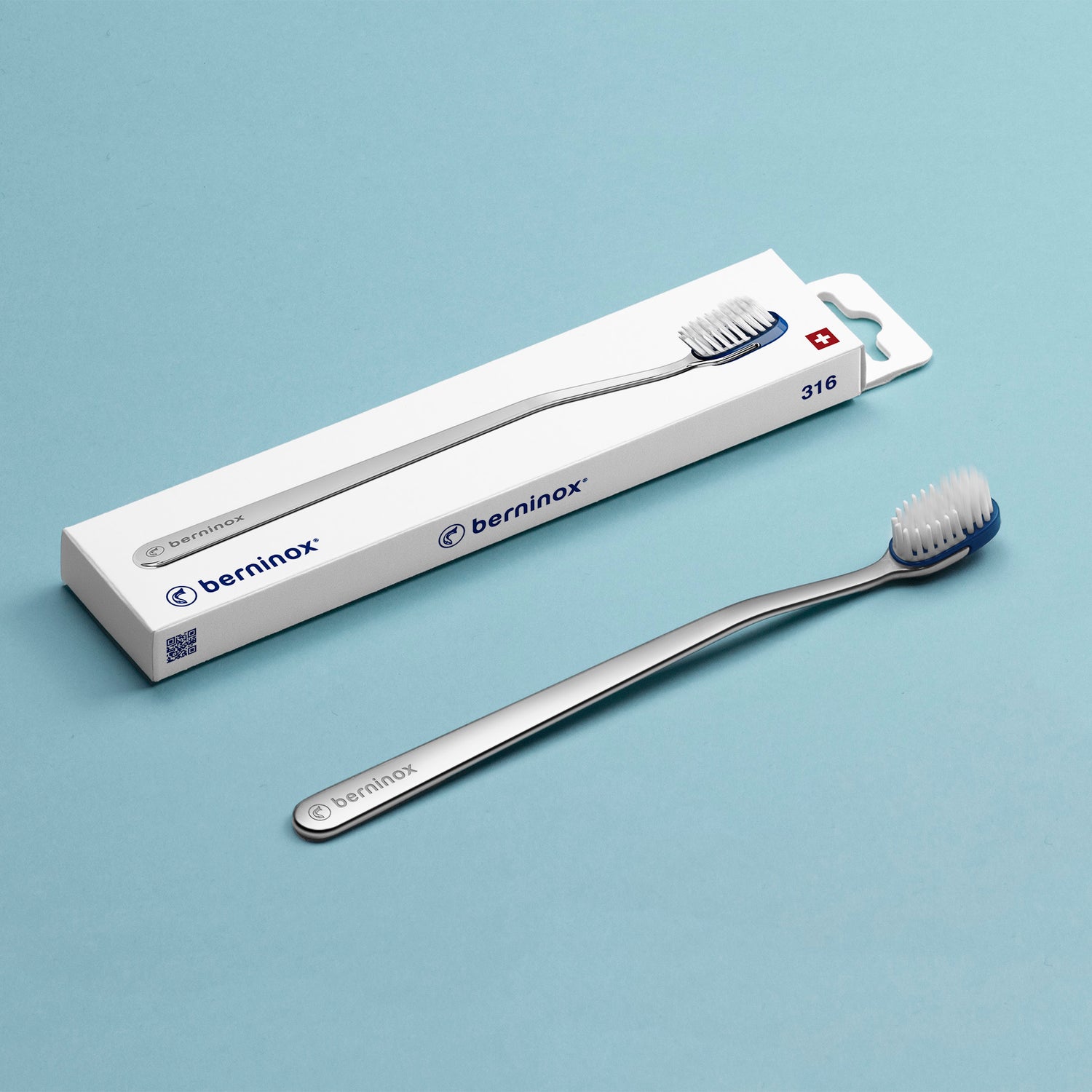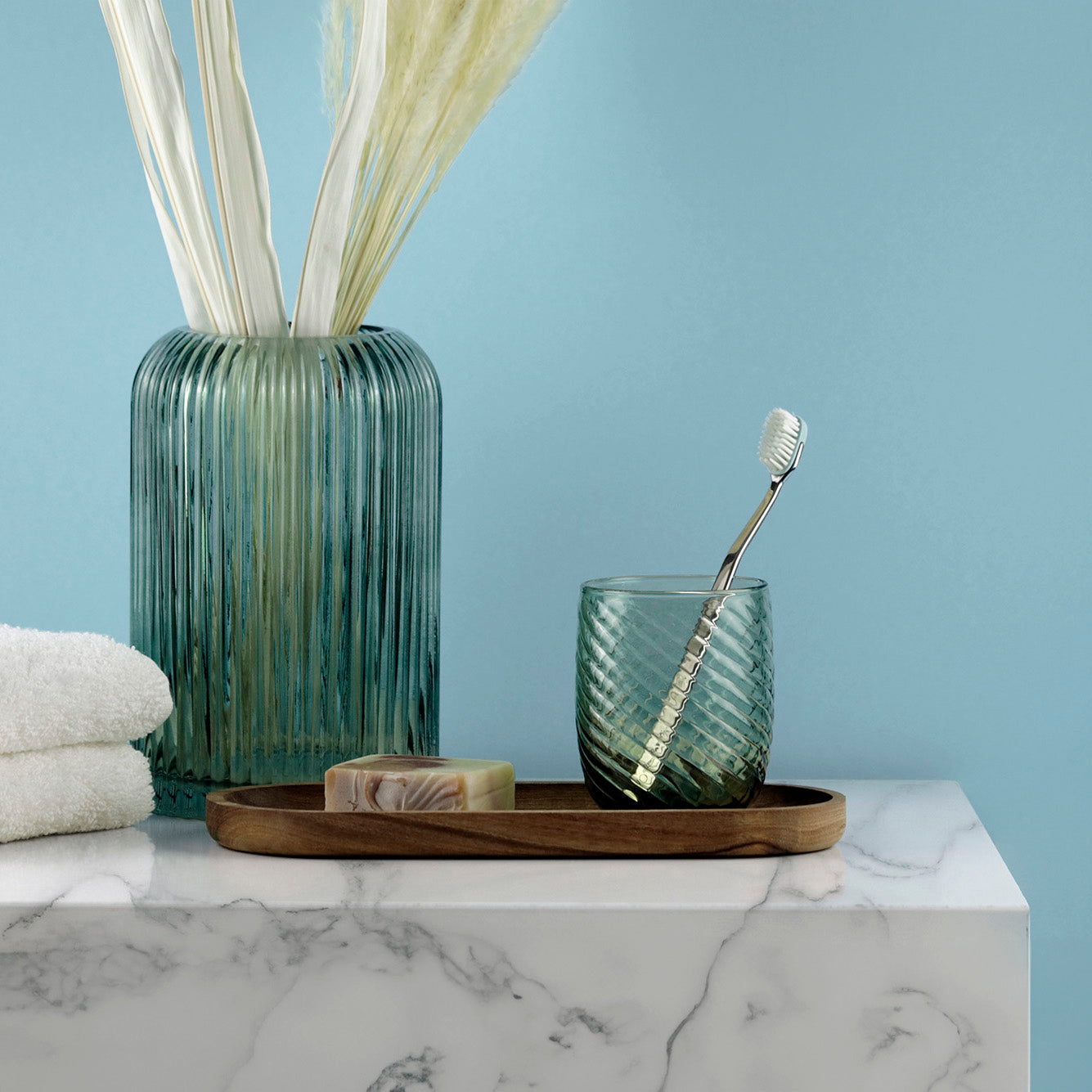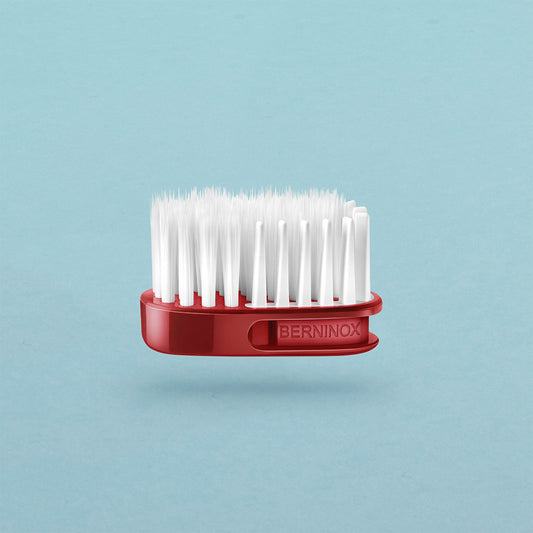According to the WWF, around 15 tonnes of plastic waste are dumped into the oceans every minute. Unfortunately, you read that right - every minute!
Today, almost 700 marine species are directly threatened by plastic pollution. This is because they confuse plastic waste with their usual food. For example, a turtle can swallow a plastic bag thinking it's a jellyfish and choke on it. The same applies to seabirds. According to a recent Australian study, 9 out of 10 birds have plastic in their stomachs.
How does all this plastic end up in the oceans? Most of the waste comes from inland. Many poor countries unfortunately lack the infrastructure to monitor waste, especially as they sometimes even inherit our waste, which is exported to these countries! Wind, rain and rivers then carry this waste to the ocean.
One way of reducing this tragedy is to act directly at the source of pollution, i.e. by consuming less plastic on a daily basis. With your Berninox toothbrush, this is already a small step in the right direction. We've designed the Berninox toothbrush to minimise waste and reduce our impact on the planet. The durable, reusable handle is accompanied by the smallest possible toothbrush head made from recycled material. The head is made from 100% plastic collected from beaches and coastal areas, known as OBP - Ocean Bound Plastic. OBP refers to plastic waste that is likely to end up in the ocean. It is estimated that OBP is responsible for 80% of marine litter. By using recycled plastic we minimise the use of new resources and help to clean up the oceans.
Image credit: Justin Hofman
To learn more: https://www.worldwildlife.org/magazine/issues/fall-2019/articles/plastic-in-the-ocean







